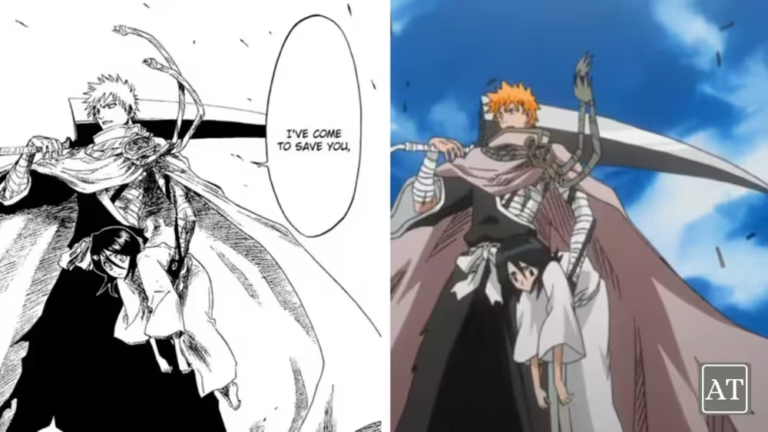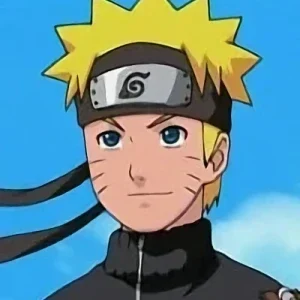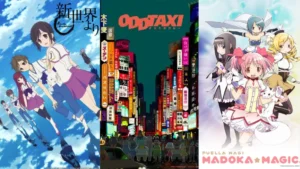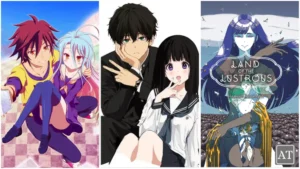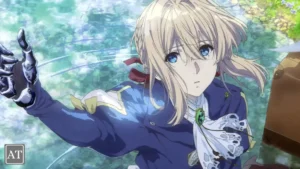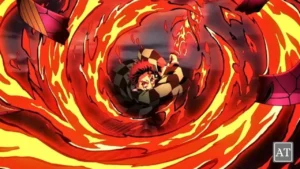Have you ever been torn between binge-watching an anime until 3 a.m. or curling up with the entire manga in one blissful weekend?
You’re not alone. For decades, fans worldwide have passionately debated which medium delivers the “truest” experience. Some swear by the animated magic of sakuga moments and swelling orchestral scores; others defend the crisp ink lines and raw author’s vision printed on every page.
Today, we’re diving deep—emotion first, data second—into the heart of this debate, weaving in personal anecdotes, nostalgic nods, and actionable wisdom that will help you decide which path resonates with YOUR otaku soul.
The Eternal Debate: Why Fans Keep Asking This Question
Growing up in a small town with a dial-up internet connection that squealed louder than any anime opening, I saved lunch money to buy single manga volumes from the one bookstore 20 km away. Meanwhile, my best friend Marco waited patiently for Toonami’s late-night block to air the latest shōnen fights because streaming was a futuristic dream.
Two kids, same story universe—two utterly different emotional journeys.
Why does this choice matter so much?
• Because time is scarce.
• Because money (or lack thereof) shapes our options.
• Because we crave belonging in a community that “gets” us.
And yes—because nothing stings like spoilers when you pick the “wrong” order.
Key Differences at a Glance
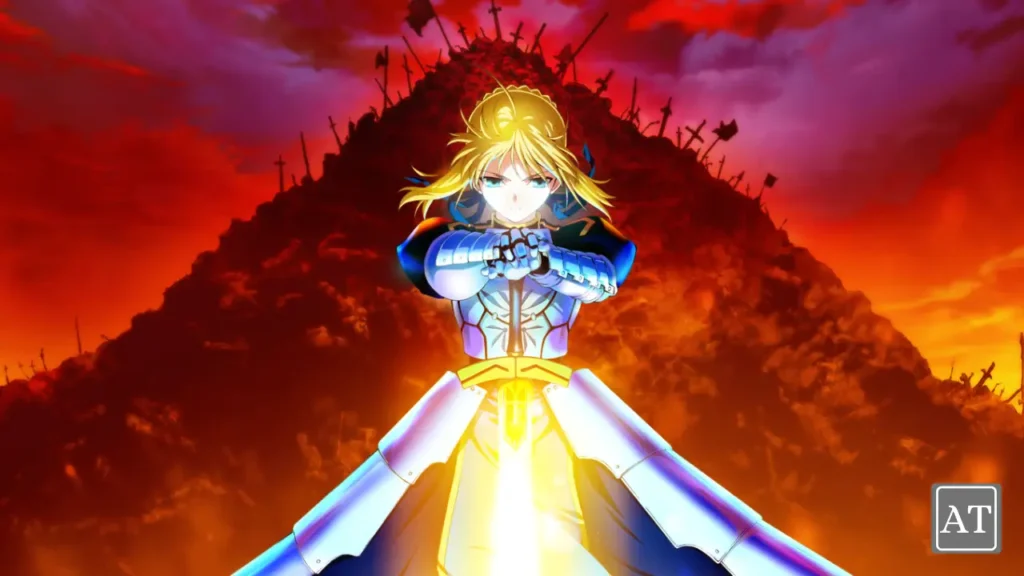
| Factor | Anime | Manga | Who Might Prefer It |
|---|---|---|---|
| Medium | Moving images + sound | Black-and-white (mostly) panels | Visual‐audio seekers vs. imaginative readers |
| Release Rhythm | Seasonal (13–24 eps) & production delays | Weekly/Monthly chapters | Bingers vs. drip-feed lovers |
| Author Control | Adaptation by directors & committees | Direct from mangaka’s pen | Purists vs. collaborative art fans |
| Cost | Subscription/Blu-ray/merch | $10–15 per volume | Streamers vs. collectors |
| Community Experience | Watch parties, cosplay screenings | Quiet reading, online scan-discussions | Extroverts vs. introspective types |
Notice how none of these rows ends with a universal winner. That’s the beauty—and the frustration—of this debate.
Emotional Impact: How Medium Shapes Feelings
Soundtracks, Voice Acting & the Goosebump Factor
Remember Tanjiro’s first Hinokami Kagura dance in Demon Slayer? The moment the flute intertwined with choral vocals, my living-room speakers trembled—and so did my heart. No printed page can replicate the alchemy of moving visuals + sound + collective gasps from friends sitting beside you.
Yet, I still recall the first time I flipped to Chapter 7 of Fullmetal Alchemist and saw Nina Tucker’s fate. The stillness of the page—no dramatic violins, no voice actor sobbing—left me alone with my imagination. The silence screamed louder than Dolby Digital ever could.
Empathy Triggers: When Tears Hit the Page vs. the Screen
Psychologists call it transportation: the deeper we sink into a story, the more our real-world worries melt away. Anime’s color, motion, and voice inflection can fast-track that immersion. Manga, on the other hand, invites us to linger, project our own pace, and sometimes even fill blank gutters with emotions unscripted by any studio.
Which is “better”? Ask yourself:
• Do music cues amplify your feelings—or do they dictate them?
• Do you relish choosing when to turn the page—or prefer being swept along at 24 frames per second?
Storytelling & Pacing: Do Panels or Frames Win?

Filler Episodes vs. Author’s Vision
Raise your hand if you’ve screamed at the screen when a beloved shōnen breaks into a beach episode right before the decisive battle ⚡. Studios insert filler to avoid catching up to the manga, but pacing purists see it as sacrilege.
Manga rarely suffers this fate. Chapters land exactly as the author planned—tight, purposeful, cannon-balling toward the climax. Yet manga isn’t spotless; hiatuses (Hunter x Hunter fans, deep breaths) can fracture momentum for YEARS.
Reader-Controlled Tempo vs. Director-Controlled Flow
With manga, you’re the director. Want to stay on a double-page spread of Eren’s Titan scream? Do it. Need to slow-mo the reveal of a CLAMP plot twist? Your thumb decides.
Anime wrestles that control. But skilled directors—think Makoto Shinkai—can choreograph pacing so exquisitely that our breathing syncs with cinematic beats.
Ask yourself: Do you crave control, or do you secretly enjoy surrendering to someone else’s rhythm?
Artistry & Aesthetics: Static Beauty vs. Dynamic Motion
Color Palettes, Sakuga, and Ink Lines
Fans still debate whether Naruto’s hand-drawn lines in Vol. 1 capture more raw grit than Studio Pierrot’s smooth digital shading. Conversely, the Violet Evergarden anime turned already lovely designs into watercolor symphonies that literally shimmer on 4K screens.
When Animation Elevates (or Dilutes) Artwork
Sometimes anime upgrades sketchy early-volume art. Other times, budget cuts lead to off-model characters (#SevenDeadlyFrames, anyone?). Conversely, manga can immortalize a single, painstakingly inked panel—Miura’s eclipse scene in Berserk—that animation struggles to equal without infinite funding.
Case Studies: Five Series Where Anime Shines—And Five Where Manga Reigns

| Series | Medium That Wins | Why |
|---|---|---|
| Demon Slayer | Anime | Ufotable’s breathtaking sakuga & Kajiura’s OST elevate every fight. |
| Haikyuu!! | Anime | Kinetic volleyball animation + character seiyū chemistry. |
| Your Name | Anime (original) | Film crafted for visual poetry; no prior manga. |
| Mob Psycho 100 | Anime | Bones translated ONE’s quirky art into electrifying motion. |
| Madoka Magica | Anime | Shaft’s avant-garde direction turns plot twists visceral. |
| Tokyo Ghoul | Manga | Sui Ishida’s nuanced storytelling lost in rushed adaptation. |
| Berserk | Manga | Miura’s hyper-detailed art & mature pacing unmatched on screen (so far). |
| Promised Neverland | Manga | Anime S2 diverged hard—manga keeps suspense intact. |
| Fruits Basket (pre-2019) | Manga | Early anime skipped arcs; original manga gave full closure. |
| Claymore | Manga | Anime stopped mid-story; manga continues to epic finale. |
Notice the trend: Budget, adaptation faithfulness, and production schedules often dictate the winner.
How to Choose Your Format: A Practical Guide
- Time Crunch?
• <5 hrs/week – Start with anime openings, then skip to manga to finish arcs faster.
• Weekend Warrior – Binge an entire cour, then compare manga side-stories for depth. - Budget Reality Check
• Library memberships = free manga volumes (support libraries!).
• Shared streaming accounts = split costs with friends. - Personality Quiz (Lightning Round)
• Do you pause movies to examine background details? -> Manga.
• Do you cry when violins swell at 2:48 into the OST? -> Anime.
• Do you doodle in notebooks? -> Both (adapt art styles!). - Tech & Comfort
• Commutes? Digital manga apps offline-download beautifully.
• Home theater? Let 60-inch screens flex their pixels.
The Future: When Panels and Pixels Converge
Interactive webtoon platforms already add subtle motion, music, and vibration feedback. VR prototypes let readers “step” inside manga panels. Studios now consult mangaka in real-time via motion-capture to guard authenticity. Tomorrow’s debate may not be anime versus manga but a seamless hybrid that carries the soul of both.
Final Verdict: It’s Not an Either/Or—It’s Your Story
If a medium moves you—makes you laugh on the subway, sob at 1 a.m., or fist-pump in the middle of math class—that medium “did it better” for you. And that is enough.
Because stories live in hearts, not formats.
So treasure the version that sparks joy. Recommend it with kindness. Stay curious about the other side. You might just discover new layers of wonder waiting between inked lines or beyond animated frames.
FAQs
1. Should I read the manga before watching the anime to avoid spoilers?
If you’re spoiler-averse and the manga is ahead, yes. But watching first can amplify suspense through music and motion. Decide based on which experience you value more: raw plot or cinematic reveal.
2. Are manga always canon while anime contain filler?
Not always. Some anime have original endings endorsed by the mangaka (FMA 2003). Conversely, certain manga spin-offs are non-canon. Check official statements from publishers/studios.
3. Why do some anime skip entire manga arcs?
Studio time slots, budget, and pacing constraints force cuts. Sometimes rights issues or demographic targeting lead to omissions.
4. Is digital manga environmentally friendlier than buying physical volumes?
Mostly yes—fewer trees and shipping miles. But device manufacturing and electricity usage still carry footprints. Balance your passion with sustainable habits (buy used, share volumes, recycle devices).
5. What’s the best legal app for reading manga?
Shōnen Jump for mainstream shōnen, ComiXology for diverse catalogs, and Manga Plus for simultaneous global releases. Always support official sources to keep creators paid.

